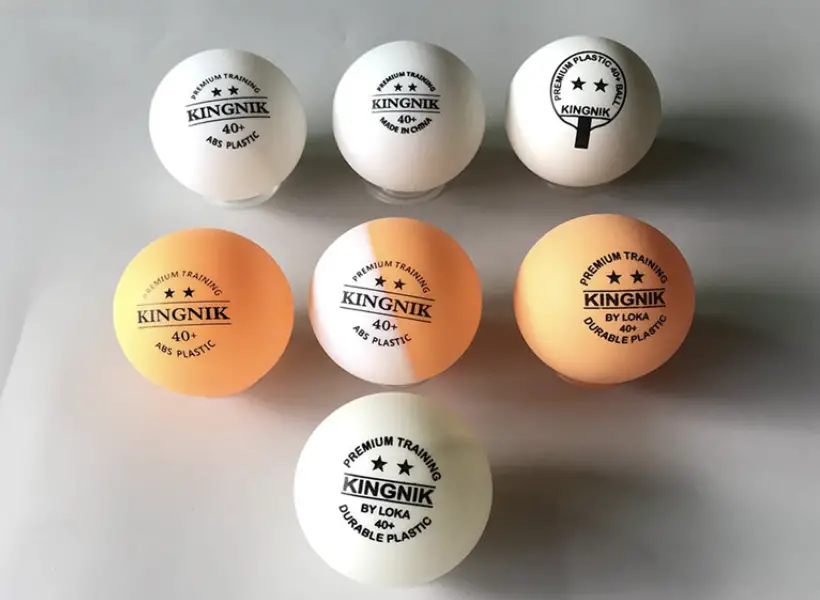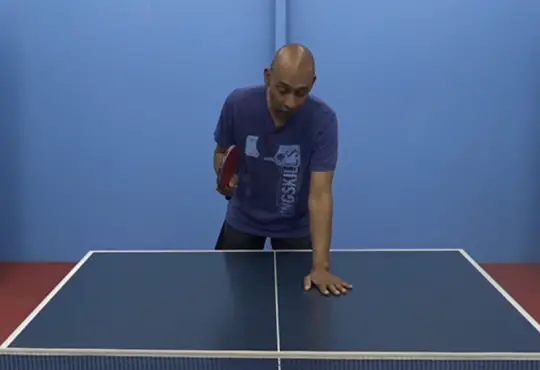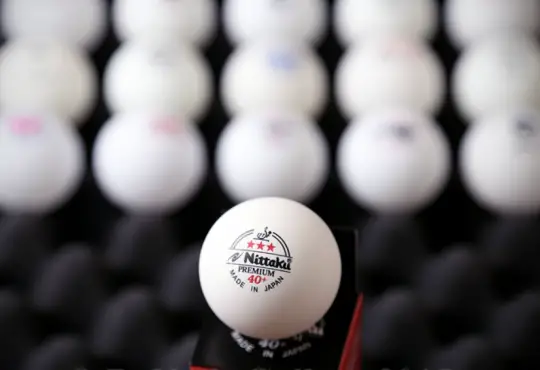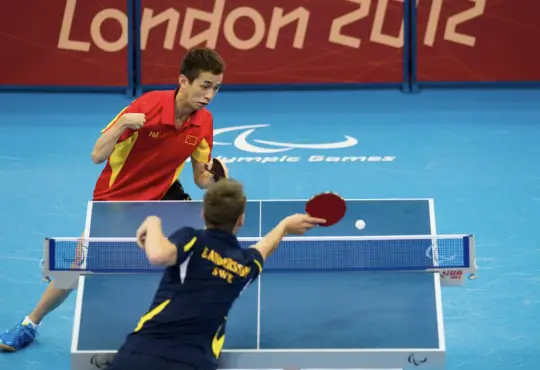
Decoding the Stars: What Do the Stars on Ping Pong Balls Mean?
If you’ve ever picked up a ping pong ball and noticed the mysterious stars imprinted on its surface, you might be wondering what purpose they serve. Are they purely decorative, or do they hold some significance in the world of table tennis? In this blog post, we’ll decode the meaning behind those stars on ping pong balls and explore their importance in the sport.
1. A Standardized System
The stars on ping pong balls are not random or merely decorative. They are part of a standardized system that classifies the quality and performance characteristics of the ball. In international table tennis, the number of stars on a ball indicates its quality and suitability for competitive play. The three common categories are:
- 1-Star: These balls are typically of lower quality and are often used for recreational play or practice. They may have inconsistent bounce and spin characteristics, making them less suitable for serious table tennis.
- 2-Star: These balls are of better quality and are often used for intermediate-level play. They have more consistent performance characteristics, including bounce and spin, making them suitable for casual games and local competitions.
- 3-Star: These are the highest quality ping pong balls and are approved for use in international and professional competitions. They offer the most consistent bounce and spin, ensuring a level playing field for top-level players.
2. Importance of 3-Star Balls
For serious table tennis players and professionals, 3-star ping pong balls are the standard choice. They offer several benefits that make them indispensable for competitive play:
- Consistency: 3-star balls are manufactured to strict standards, ensuring consistent size, weight, and performance. This consistency is crucial for players who rely on precise shots and spin control.
- Durability: High-quality materials and craftsmanship make 3-star balls more durable, reducing the need for frequent replacements during intense practice sessions or matches.
- Spin Control: These balls provide excellent spin control, allowing skilled players to execute advanced techniques like topspin, backspin, and sidespin with precision.
- Fair Play: In official competitions, using 3-star balls ensures fairness and eliminates any advantage one player might have over another due to variations in ball quality.
3. Choosing the Right Ball
While 3-star balls are the preferred choice for serious players, recreational and casual players may find 1-star or 2-star balls more suitable for their needs. These balls are often more budget-friendly and serve well for practice sessions and friendly matches.
When selecting ping pong balls, consider your skill level, playing environment, and budget. If you’re aiming for professional play or participating in official tournaments, investing in 3-star balls is essential. However, for most recreational players, 1-star or 2-star balls offer a balance between performance and affordability.
Conclusion
The stars on ping pong balls are not just there for decoration; they are a symbol of quality and performance. Understanding the significance of these stars can help you make informed choices when selecting ping pong balls for your table tennis games. Whether you’re a serious competitor or just looking to have some fun, choosing the right ball can enhance your overall table tennis experience and ensure fair play on the table. So, next time you see those stars, you’ll know exactly what they mean!






